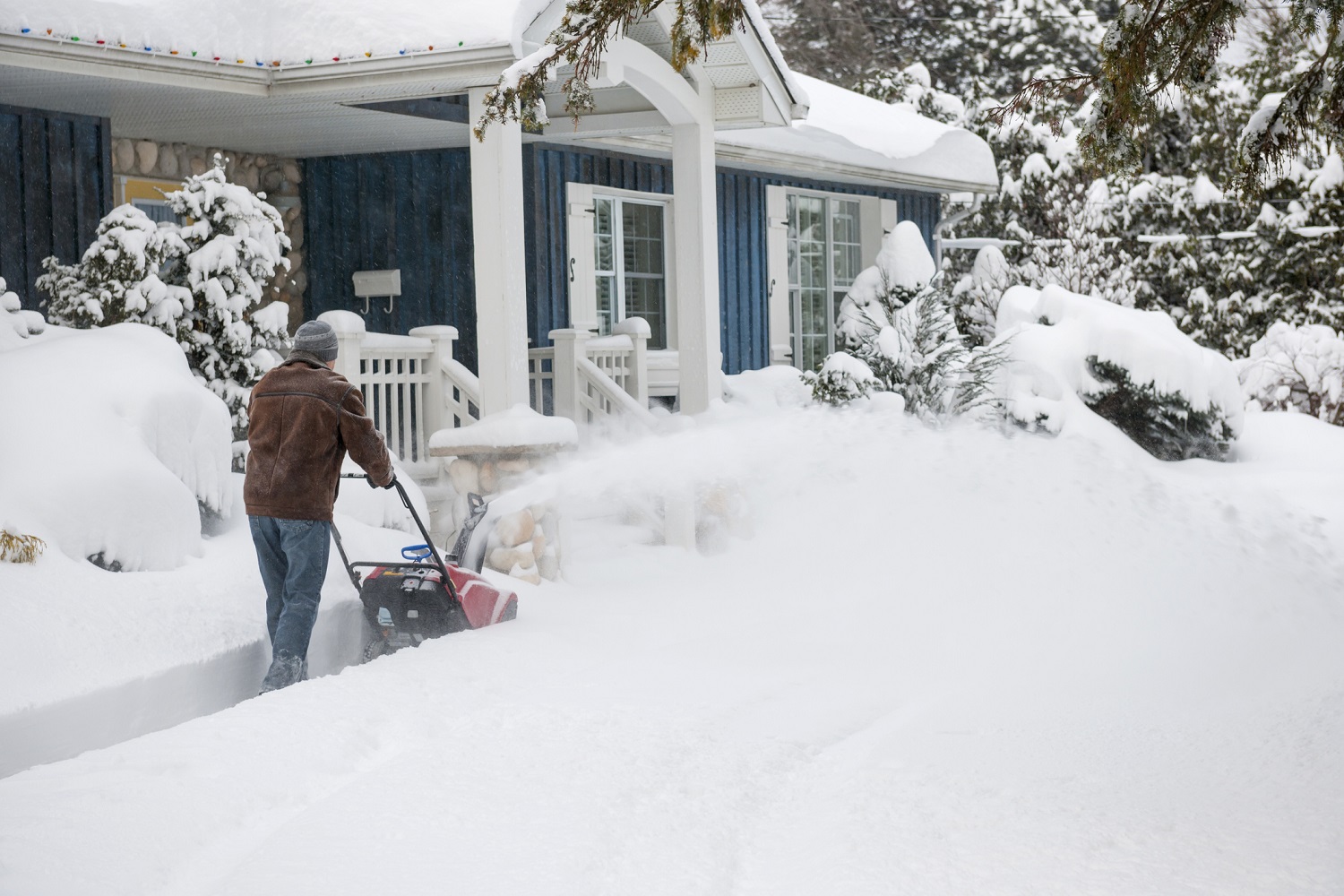
Dec 14, 2020 | Safety and Security
Whether you love winter, hate it, or simply don’t give a snowflake, we want you to stay safe when a winter storm strikes. ❄️
Electrical safety is just part of the story when the snow starts piling up. We’re ready to safely respond to any resulting power outages. The question is: Are you prepared to stay safe – at home and on the road?
Here are 10 ways to stay safe when Mother Nature really brings the snow.
Snow Removal
- Don’t wear loose clothing, like scarves, that can get pulled into a snow blower’s moving parts.
- Always turn off your snow blower, or unplug it if it’s an electric model, before clearing a clog at the auger or discharge chute.
- Start and run your snow blower outside, never in a garage or enclosed space where carbon monoxide can accumulate.
- If you have a history of heart problems, or you’re inactive, check with your doctor before shoveling. And stretch beforehand to prevent muscle injuries.
- Dress in layers and drink plenty of water to stay hydrated. It’s not a race. Take breaks if you get tired.
Driving
- If you don’t have to travel – stay home. Winter weather causes about a half million crashes each year, resulting in over 2,000 deaths.
- If you must drive, slow down, accelerate and decelerate slowly, and increase your following distance to 5 or 6 seconds.
- Going long distance? Let others know your destination, route, and estimated arrival time. Pack a kit that includes blankets and heavy clothing for emergencies, along with extra food and water.
- If you’re stuck, stay with your vehicle. If necessary, clear the exhaust pipe to eliminate deadly carbon monoxide fumes from entering your vehicle. To conserve gas, run your car for short periods, just enough to remove the chill.
Electrical Safety
- Always stay clear of any downed power lines and call PPL at 1-800-342-5775 to report them. Assume any downed line is energized.
Sources: American Automobile Association; Consumer Reports; Mayo Clinic; PPL Electric Utilities
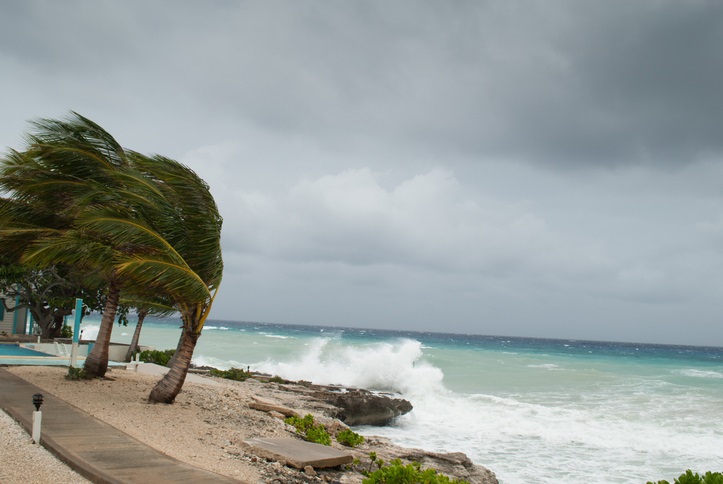
May 27, 2020 | Safety and Security
Looks like 2020 is at it again. Weather scientists are predicting a more active than normal hurricane season this year. Even though we’re working a bit differently these days, we’ll be ready if any of those storms affect central and eastern Pennsylvania.
We want you to be ready too. Stay alert by tuning into local weather reports and check out our tips to prepare for severe weather.
When the National Oceanic and Atmospheric Administration (NOAA) released its hurricane season predictions on May 21, acting Administrator Neil Jacobs noted the upcoming season was no different than any other, in the sense that early planning and preparedness is essential. We couldn’t agree more.
NOAA predicted the likelihood of 13-19 named storms, 6-10 hurricanes and 3-6 major hurricanes (Category 3 or higher) this season, which officially runs from June 1 through November 30. What’s considered average? NOAA says a normal hurricane season will bring 12 named storms, 6 hurricanes and 3 major hurricanes.
The approaching warmer weather not only ushers in hurricane season, it’s also prime time for thunderstorms and other severe weather. However, our continued grid investments have reduced the impact of these storms. From 2011 to 2019, we reduced the annual number of customer interruptions by 30 percent. Since 2010, we’ve also reduced the overall frequency of these interruptions by nearly a third.
Our extensive use of smart grid technology helps us reduce outages, along with other things like replacing aging equipment with stronger, more storm-resistant poles and wires, comprehensive tree trimming, improved lightning protection, expanded use of animal guards, and more.
Strong storms like hurricanes will still produce some power outages, but no matter the circumstances, we’re prepared to work around the clock to get the lights back on. The pandemic may have us working differently, but we’re still delivering for our customers no matter what Mother Nature – or 2020 – throws at us.
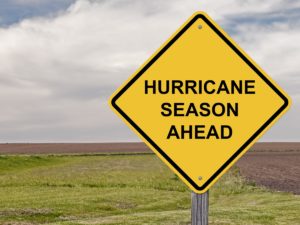
Visit pplelectric.com/safety and pplelectric.com/outage for great information on how to stay safe before, during and after a storm.
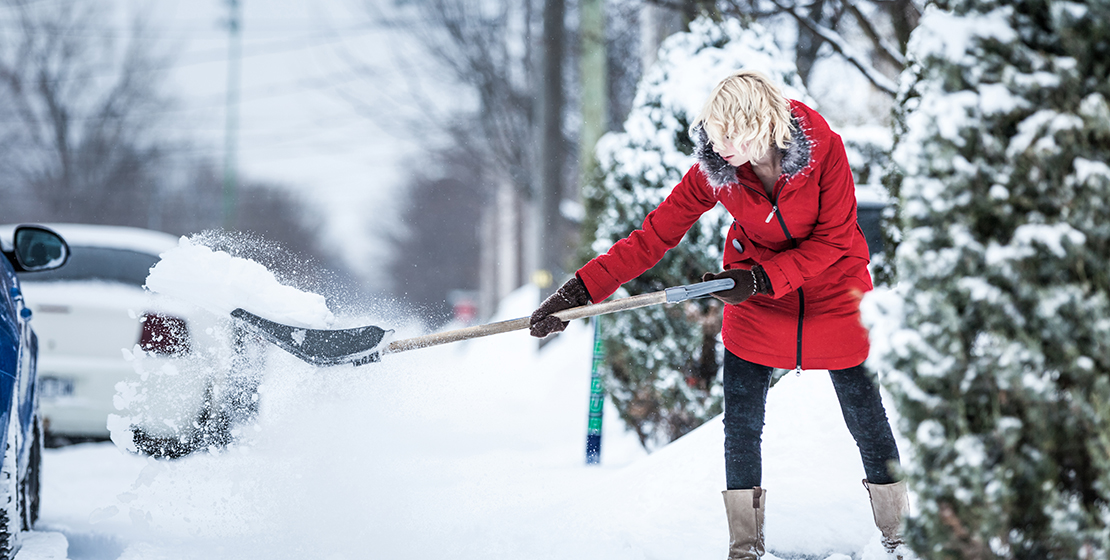
Jan 16, 2020 | Safety and Security
It’s winter storm season in Pennsylvania. Even if you don’t tune into the weather reports, you’ll recognize the signs of an impending storm by the parking lot of your local grocery store.
So how can you prepare in advance and stay safe when a winter storm strikes? We have some tips that will help before, during and after the snowfall.
Before:
- Create a household and vehicle emergency kit with all the essentials, including water, food and any medication you take on a daily basis.
- Listen for weather alerts and advisories so you’re not caught unprepared.
- Charge your cell phone and keep a flashlight nearby in case of a power outage.
During:
- Stay off the roads. This helps clear traffic for first responders.
- If you have a generator, make sure to follow our Emergency Tips for storm and generator safety.
- Stay warm and indoors. It’s a great time to pile on the blankets and cuddle up with a good book.
After:
- When shoveling snow, dress warm and limit your time outside to avoid frostbite and overexertion.
- Monitor the weather alerts and advisories before heading out on the road.
The Department of Homeland Security offers even more information on staying safe during snowstorms. Check out their resources at ready.gov/winter-weather.
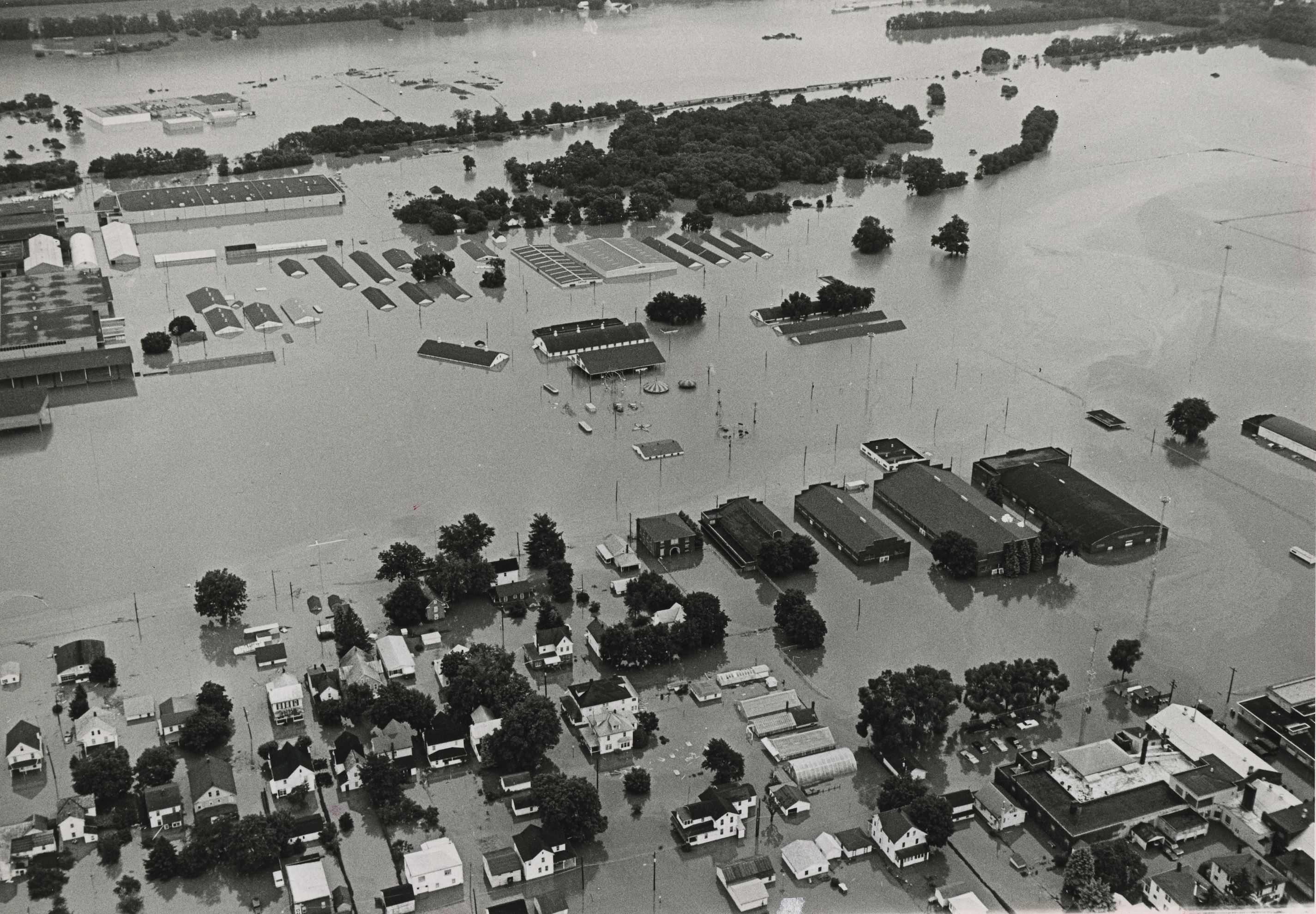
Jun 1, 2018 | Safety and Security
Shown above: The Bloomsburg Fair following Hurricane Agnes, June 1972.
Hurricane season starts June 1 and continues into the fall. And while we might think of the warm tropics when we think of hurricanes, experience shows these storms can have a big, destructive impact here in Pennsylvania.
Here are six tips to help you ride out any storm:
1: Prepare an emergency kit. Or, if you made a kit years ago and haven’t checked it since, there’s no better time to update it. Kits should include bottled water; first-aid supplies; non-perishable food, pet supplies, and more. Visit our website for more info.
2: Make medical arrangements. If you rely on powered medical equipment, you should have a battery backup, a generator, or a firm plan of where you’d go for help in case of a sustained power outage.
3: Set your PPL Alerts. In the event of an outage, our alerts will keep you posted on estimated restoration times as they become available. You can get the info by phone, email, text, or any combination. Visit pplelectric.com/alerts to customize your alert preferences.
4. Be aware of the weather. Regularly check weather information so you’re aware of what’s in the forecast.
5. Have flashlights ready. Candles aren’t a great choice during outages because they create a fire risk. We recommend having a few flashlights on hand – and some spare batteries for them.
6. Do it now. This might be the most important tip of all. Take steps to prepare now, while the weather is clear. When a big storm is moving in, you’ll be thankful you did.
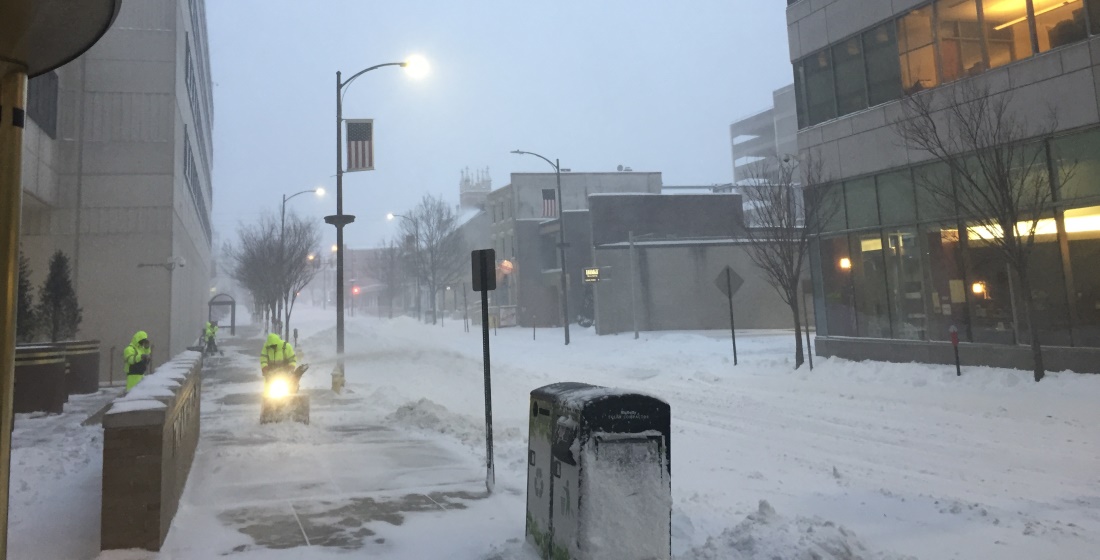
Mar 1, 2018 | Reliability
Updated at 11 a.m. Friday (3/2): Today’s nor’easter with its high winds is causing a lot of damage throughout our service area, and more bad weather is to come. There are many individual repair locations, so some outages may be prolonged. We urge customers to prepare for that possibility.
We don’t yet have restoration times for specific locations but will provide that info when we can.
Hundreds of PPL employees and contractors are working to fight the effects of this storm. We’ll work as quickly and safely as we can to restore power and will keep you informed as the storm develops.
In the meantime, please stay safe. Stay clear of downed lines and report them ASAP to 1-800-DIAL-PPL. And report any outages at 1-800-DIAL-PPL or www.pplelectric.com/outage.
Our investments in our network have significantly reduced storm-related outages, while also making our grid more resilient and secure. A few examples:
- Our innovative smart grid technology has restored power to more than 190,000 customers since it went live in early 2016. It has also reduced storm-related outages by 20 percent. The smart grid automatically senses a power outage and reroutes power around the damage, restoring service for many customers within minutes.
- There was a 76 percent reduction in lightning-related outages on transmission lines from 2012-17 because of investments in lightning protection.
- Tree-caused outages continue to decrease. Trees are the leading cause of storm-related outages. We clear trees along more than 10,000 miles of power lines each year, and we’ll continue this comprehensive work to keep reducing outages.
That said, severe weather — like 60-mph winds, ice storms, heavy snow or lightning — can still cause outages. Here are some storm tips to help you prepare and respond to any problems.
- Before the storm hits, make sure your cell phones and other personal devices are fully charged.
- Also, make sure your PPL Alerts are set up so you receive outage or other info when and how you want it. We’ll send you the latest updates by phone, email, text or all three. Setting your preferences is as simple as going to www.pplelectric.com/alerts. (You’ll need to have an online account with us.)
- Report any outages by calling 1-800-DIAL-PPL (342-5775) or by visiting www.pplelectric.com/outage. Don’t assume someone else has reported the outage.
- Stay away from any downed lines and always assume the line is still energized. Call us immediately at 1-800-DIAL-PPL to report the line and keep pets and kids away.
- If you have to run a generator, make sure you run it outdoors in a well-ventilated area — never indoors or in a garage.
- Use flashlights, not candles, to reduce fire risk.
More storm and outage safety and prep tips can be seen here.






